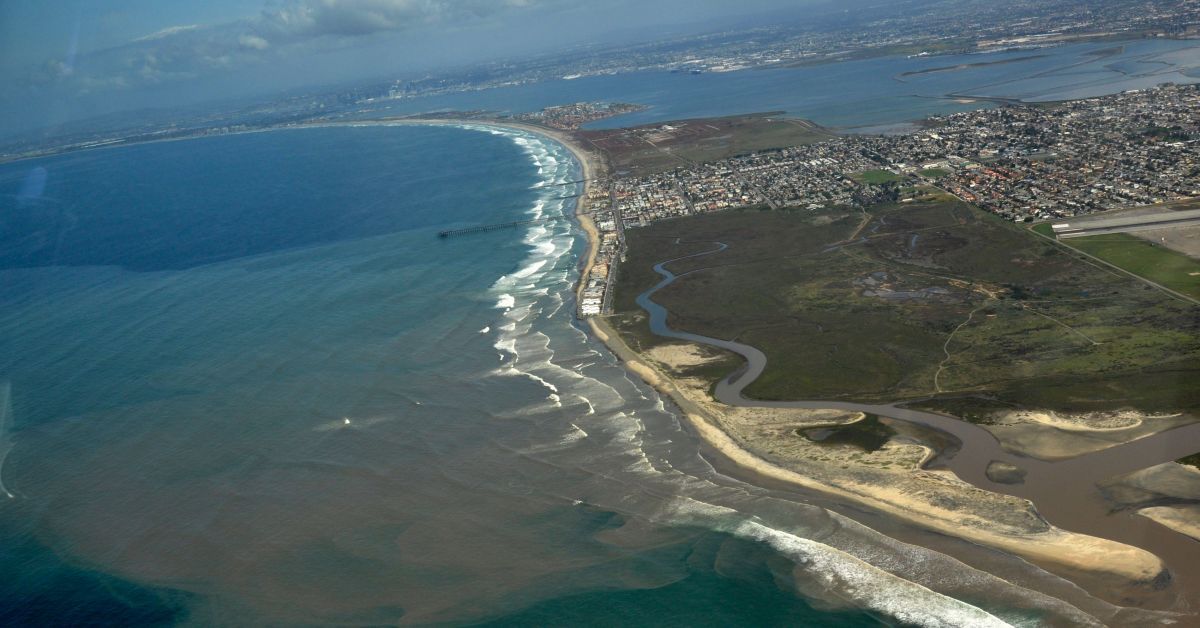Coastal Water Pollution Transfers to the Air in Sea Spray Aerosol and Reaches People on LandNew research led by Scripps Institution of Oceanogra...
Published on by Water Network Research, Official research team of The Water Network

New research led by Scripps Institution of Oceanography at UC San Diego has confirmed that coastal water pollution transfers to the atmosphere in sea spray aerosol, which can reach people beyond just beachgoers, surfers, and swimmers.
Rainfall in the US-Mexico border region causes complications for wastewater treatment and results in untreated sewage being diverted into the Tijuana River and flowing into the ocean in south Imperial Beach. This input of contaminated water has caused chronic coastal water pollution in Imperial Beach for decades. New research shows that sewage-polluted coastal waters transfer to the atmosphere in sea spray aerosol formed by breaking waves and bursting bubbles. Sea spray aerosol contains bacteria, viruses, and chemical compounds from the seawater.
The researchers report their findings March 2 in the journal Environmental Science & Technology. The study appears in the midst of a winter in which an estimated 13 billion gallons of sewage-polluted waters have entered the ocean via the Tijuana River since Dec. 28, 2022, according to lead researcher Kim Prather, a Distinguished Chair in Atmospheric Chemistry, and Distinguished Professor at Scripps Oceanography and UC San Diego’s Department of Chemistry and Biochemistry. She also serves as the founding director of the NSF Center for Aerosol Impacts on Chemistry of the Environment (CAICE).
Attached link
https://today.ucsd.edu/story/coastal-water-pollution-transfers-to-the-air-in-sea-spray-aerosol-and-reaches-people-on-landTaxonomy
- Water Pollution
- Pollution
- Groundwater Pollution
- Pollution
- Environment Protection and Pollution control